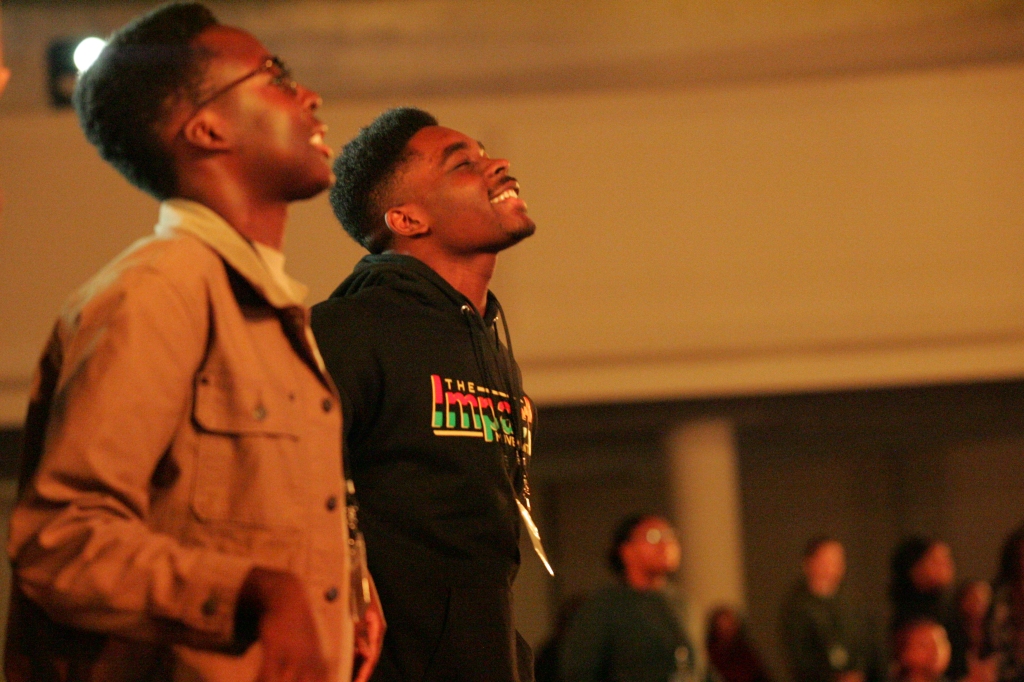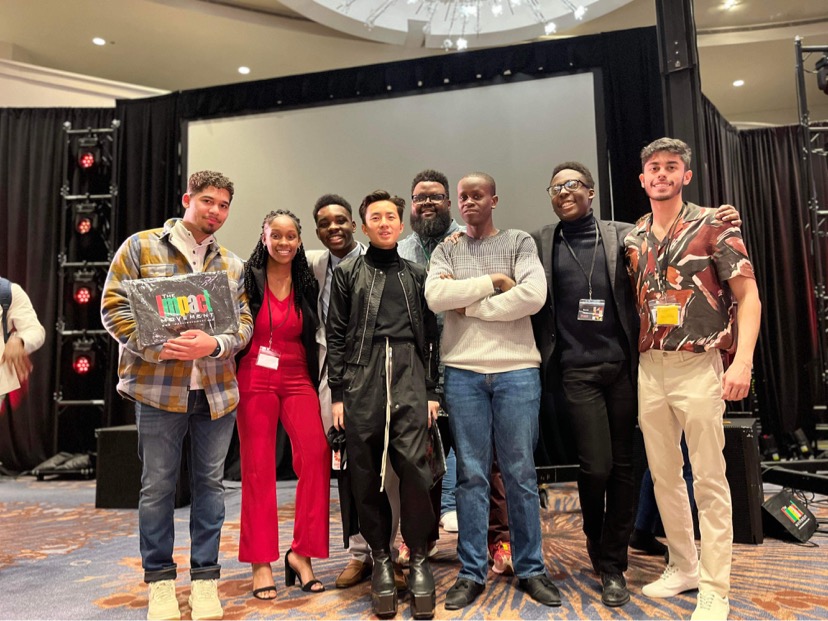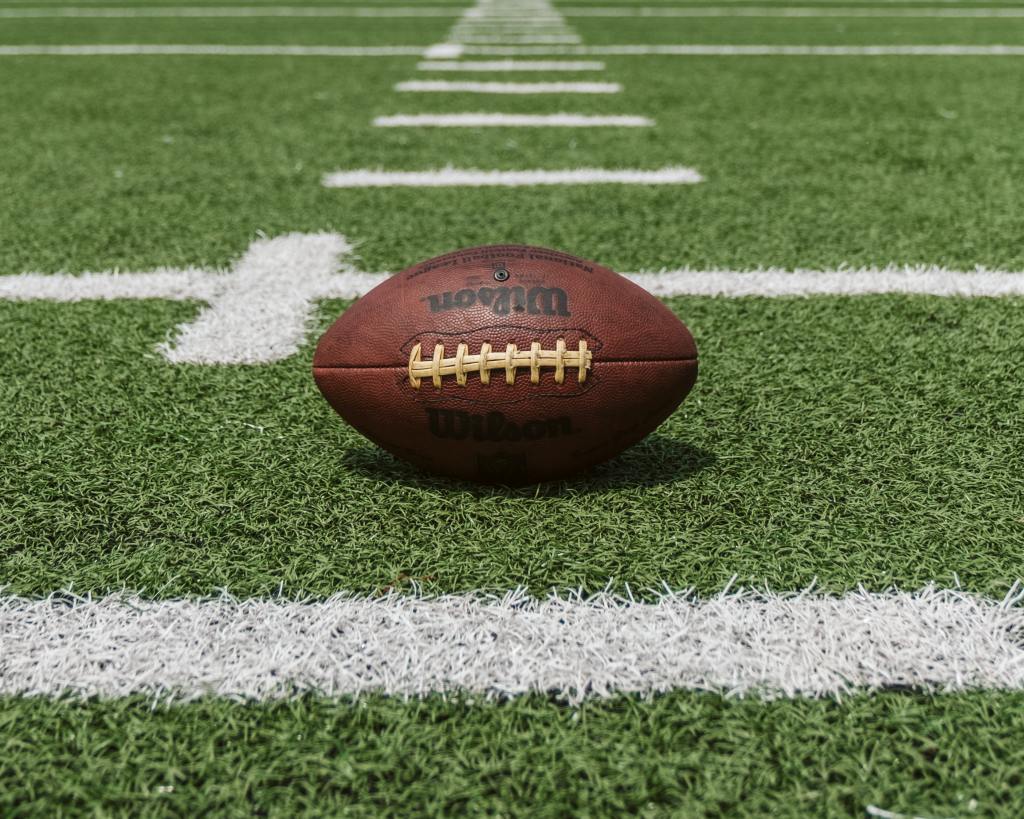
By Diamond Smith
Maurice Powe felt it was his responsibility to take care of those who were vulnerable and those who were less fortunate. The greater his passion, the greater his purpose, giving him the drive to make an impact in his community. Maurice Powell, a junior studying Psychology and English, always felt there was an importance to empowerment and advocacy.
Before becoming president of the IMPACT Movement, Powe took a leap of faith and met with National IMPACT President Jimmy McGee on a flight to Indianapolis after emailing him. Before he knew it, he was off to an event with McGee. Powe felt called to become President of IMPACT as part of the desire to be a part of a change within UMASS Amherst. Since just last year, this organization has had a significant impact on its members.
Throughout his time at UMass Amherst, Powe has seen a pattern among Black and minority students. There are several other Christian organizations on campus that express their love for God and have fellowship within welcoming environments. When racially charged situations occur on campus, Powe expressed the importance for Black Christian students to want to feel safe within their own spaces. The IMPACT Movement was created to serve as an avenue for young Black Christian students to express themselves, build relationships, and be supported by other UMass Amherst community members. Creating these safe spaces is very beneficial regarding representation and solidarity. In many ways, Powe says “it can be a healing environment.”
“In addition to managing schoolwork and other responsibilities, it can be extremely stressful. Anyone who may feel like they are going through a tough season in classes, on campus, or in any situation, there will always be joy in it. You will make it through, said Powe.
A bible verse Powe shares that rests on his heart is James 1:2-3: “Consider it pure joy, my brothers and sisters, to endure trials of many kinds because you know that the testing of your faith produces perseverance.” There is sometimes tension on campus due to discrimination against minority students. Powe emphasizes that, through his hardships, he is building faith which is very empowering because he is both a student and a leader.
“Sharing your story has a lot of importance when it comes to living a life that exemplifies God’s love toward us and encourages others to seek him. When you share your trials with someone and how you have overcome them, you can change someone’s life a lot.” said Powe.
Powe expands on how IMPACT works to help promote minority students and their stories. “As both a Black student and a Black Christian, you have power. No one shouldn’t feel minimalized for their experiences.” said Powe. IMPACT is dedicated to equipping Black students to “become disciples of Jesus Christ, and impact is implementing their faith into every aspect of their life.” In addition to helping students grow as servant-leaders, the movement offers opportunities for them to serve others by participating in projects outside of UMASS Amherst that have positive influences on their communities.
The Impact movement goes on trips to Ghana, other states, and cities like Milwaukee, which has been impacted by police brutality. The IMPACT Movement places a lot of emphasis on coming alongside locals and learning from them rather than forcing a particular framework or agenda that might disrupt or even damage those communities and their cultures.
“With this perspective, it allows students to understand that it is our privilege to take part in mission trips, instead of the narrative of foreign countries being privileged enough to receive us. At the end of the day, it’s all about them, and it shouldn’t be about us. We’re supporting and coming alongside rather than intruding and disrupting.” said Powe.
As a cultural identity student movement, representation, and community engagement matter. “The intersectionality Black Christian students may experience can be understood within spaces like IMPACT. It is an affinity space to decompress and discuss these issues we face.” When we are called to understand our biblical identity in God’s eyes, a big thing members should take away is grounding themselves in the gospel and knowing Jesus Christ died on the cross for us.” said Powe.
The IMPACT Movement is ongoing during the school year and meets Wednesdays at 6:45 p.m. Each session will have different activities that can be attended by all members of IMPACT Club regardless of where you live on campus or what level of involvement someone may have with the organization. IMPACT is more than just fun activities; it’s a way of life. We are left to question how we live out our faith in a way that exemplifies God’s love toward us and encourages others to experience God’s love and grace.
Impact’s Instagram: @Impactumass
Email: impactumassma@gmail.com



